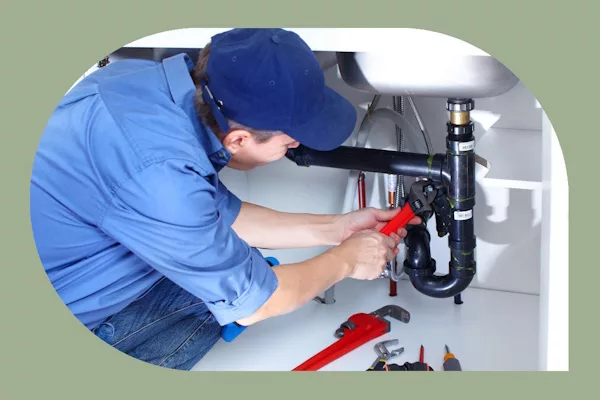This plumbing practice quiz covers essential topics like plumbing systems, fittings, and safety protocols, providing a fun and informative way to assess your skills. By engaging with these questions, you’ll gain valuable insights into your proficiency and identify areas for further improvement.
General Knowledge Plumbing Practice Test
Similar questions may appear on your official exam but these are strictly for practice. Plus, they’re kind of fun.
Results
You passed plumbing genius!
You did not pass but don’t fret, that’s what plumber training is for.
#1. What are the fresh water supply, sewage lines, and ventilation in new building construction commonly known as?
Just a little more studying will help!
#2. Where should water meters be installed?
Keep on studying, you’ll get it!
#3. The name of the fitting that allows a secondary pipe to branch off a main pipe is called?
Better luck next time!
#4. What are fixtures such as toilets, sinks, and faucets also known as?
Oh, so close. But, no. Try again!
#5. What types of pipes will you find soldered joints?
Keep on studying, you’ve got this!
#6. For the water supply within a commercial hot water heating system, what kind of back flow prevention system can NOT be used?
This was a hard one. You’ll get it right next time!
#7. Before you can solder a pipe, what substance must you use?
Nice try, but wrong answer!
#8. What is the term that describes the purging of air from supply pipes?
Not quite right. Feel free to try again!
#9. What is the diameter of the smallest pipe that an underground vent can have?
Not an easy question, was it?
#10. What should floor drains for commercial sinks NOT have?
Don’t forget to study! This is an important one to know!
#11. The plumbing installation prior to the completion of walls, ceilings, or floors is called?
Consider studying some more!
#12. What is the name of the vertical pipe connected to the drainage system and protrudes from a roof?
Better luck next time!
#13. What is the name of the fitting that fits inside the hub of another fitting in order to reduce the size or alter the interior?
Practice makes perfect. Keep trying!
#14. The name of the cut off valve found where the water pipe comes out of a wall is called what?
Brush up a bit more on your basic plumbing information.
#15. What valve would you use to tap into an existing pipe?
Don’t worry, you’ll get it next time.
#16. What device would you use to deter the water’s reverse flow (you usually need to use it with an exterior spigot head)?
That was a really tough one but you need to know it so open your books and study!
By taking this practice test, you’ll identify areas for improvement and boost your confidence as you prepare for a successful journey in the plumbing industry.
The Path to a Plumbing License
Embarking on a plumbing career involves understanding the licensing requirements specific to your state, as each has its own regulations and examination processes. Generally, the path to licensure includes the following steps:
- Education and Apprenticeship: Begin with a high school diploma or GED, followed by enrolling in a plumbing apprenticeship program. These programs typically combine classroom instruction with hands-on experience under the supervision of a licensed plumber. The duration of apprenticeships varies by state but often ranges from 4,000 to 8,000 hours over 2 to 5 years.
- Journeyman Plumber Examination: After completing the apprenticeship, you’re eligible to take the journeyman plumber exam. This test assesses your knowledge of plumbing systems, codes, and practices. The exam format and passing score requirements differ by state.
- Master Plumber Examination: With additional experience—typically one to five years as a journeyman—you can pursue a master plumber license. This exam evaluates advanced plumbing skills and a deeper understanding of state-specific plumbing codes.
- Licensing and Continuing Education: Upon passing the necessary exams, apply for licensure through your state’s regulatory board. Many states require ongoing education to maintain your license and stay updated on industry standards.
It’s crucial to consult your state’s licensing authority for detailed requirements, as they can vary significantly. By following these steps and meeting your state’s criteria, you’ll be well on your way to a successful plumbing career.
Are you considering trade school plumbing training? Find a trade school near you.
Interesting Reading:
This is a practice test and not official in any way, it is for entertainment purposes only. Have Fun!




